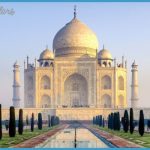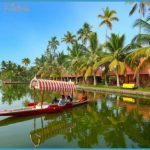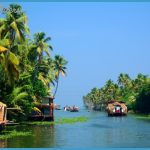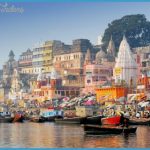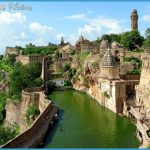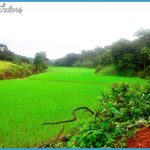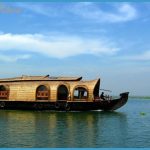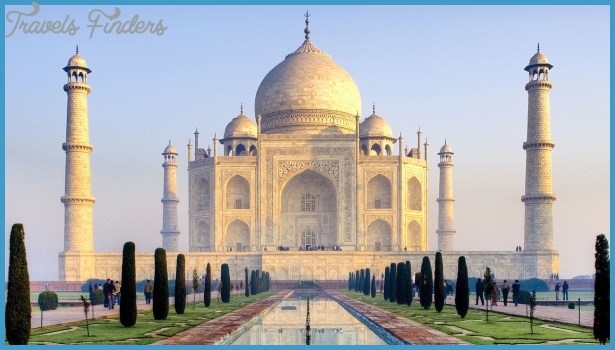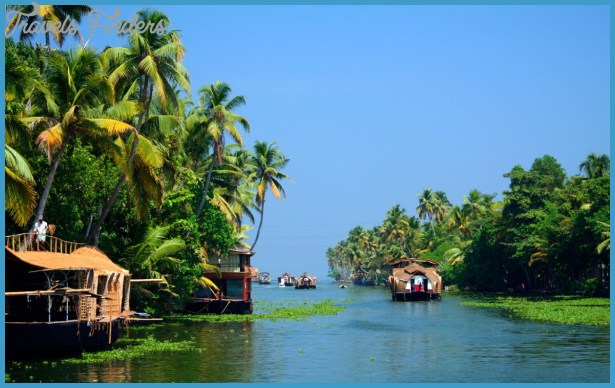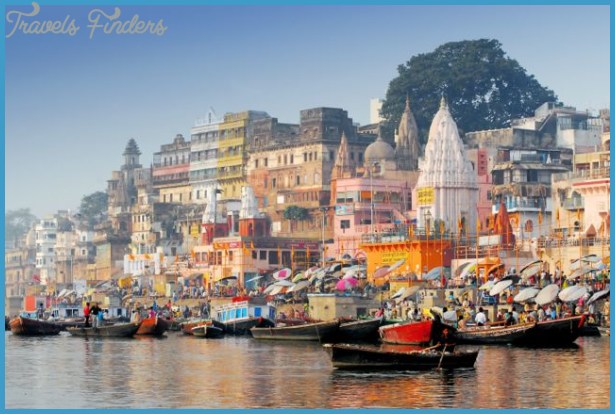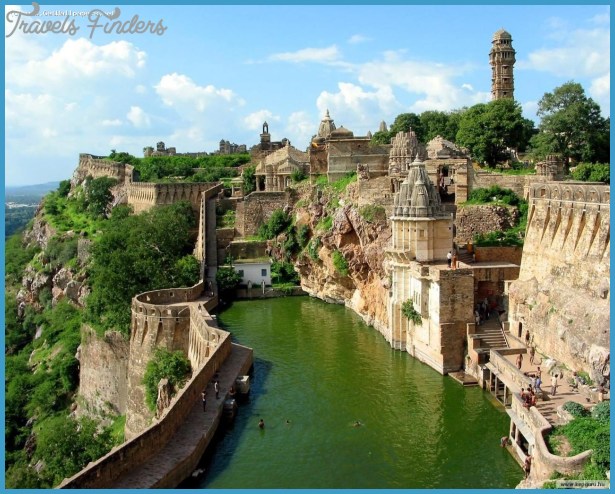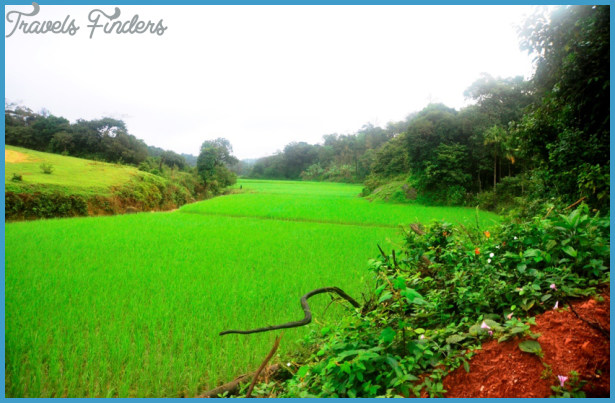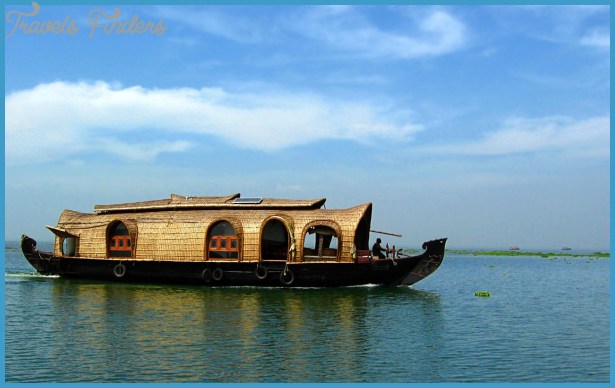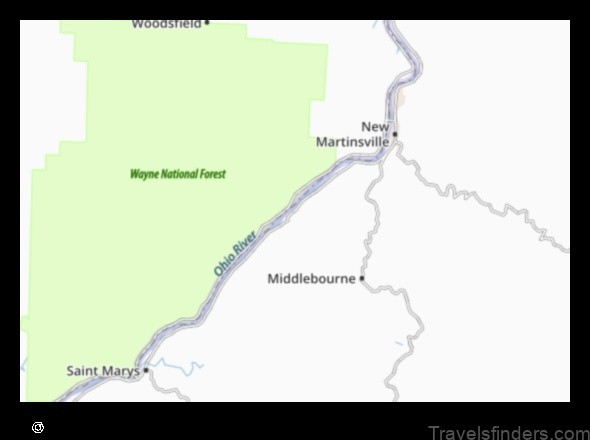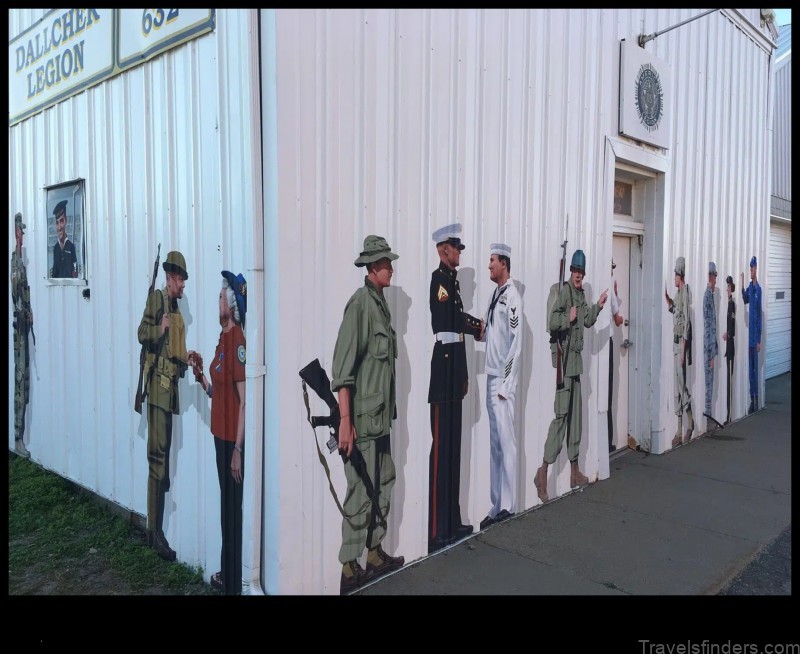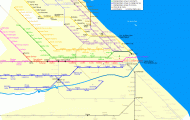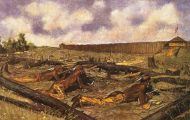To describe India in a page or two is of course absurd. It’s somewhat like the blog in the Dag Hammarskjold Library at the United Nations, called India at a Glance.
No country contains greater cultural diversity: politically, in religion, in language, and in other ways. Centuries of class consciousness crystalized into the caste system, stratifications based on ancestry, family ties and occupations. It is a wonder that India holds together at all. In the late nineteenth century there were over 550 sovereign territories or native states. Today India is the world’s most populous federal state, consisting of twenty-two states and eight union territories. Continuous tension exists between the majority Hindus and the minority Moslems. The caste system is also a cause of major social tension. The fact that there are fourteen official languages and many dialects does not make for social harmony. Hindi is spoken by nearly one-third of all Indians and is one of fourteen languages given national status by the Indian constitution. English is the lingua franca.
India lies at the heart of the world’s largest population duster. Two river systems, the Ganges-Brahmaputra and the Indus, are crucial lifelines for hundreds of millions of people. Generally speaking there are three regions: the northern mountains, the southern peninsula plateau and between these two, a belt of river lowlands.
The best known of India’s rivers is the Ganges, sacred to the Hindus. It flows southeast from the Himalayas in northern India, 1550 miles into the Bay of Bengal.
The climate varies from tropical in the south to temperate in the north. In large parts of India the climate is hot and muggy.
Parts of India are very wet, up to four hundred inches annually in the northeast, the Assam Hills. Rains come in the southwest, November to January. Parts of the northwest are desert. The monsoon rains elsewhere that come June to October can inundate a region.

